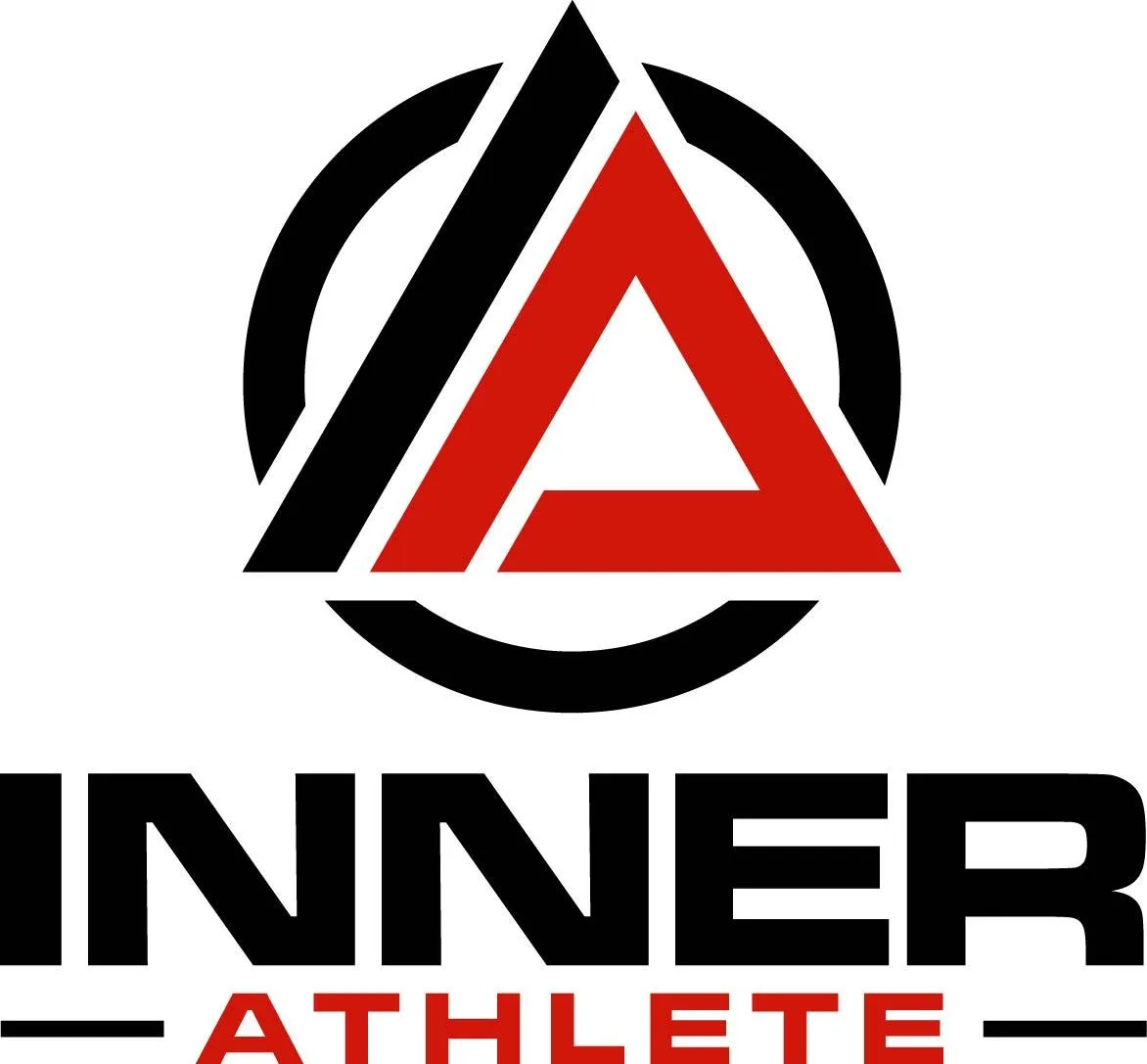UNIT 13, 49 GRANGE ROAD, CHELTENHAM, MELBOURNE, VICTORIA, 3192
Inner Athlete Blog

The 2 Step Process of Training Around Injuries
As we know, injuries are a part of sport and competition. In an ideal world, injuries and niggles would never occur but unfortunately they are prevalent in any athlete's life. It can be easy to feel downtrodden upon injury, although injury doesn't mean you sit around and heal up, there's always something you can do. Upon proper diagnosis and evaluation by a suitable health professional, training should resume in a collaborative effort between your coaches and your rehabilitation specialist.
The first step is having an optimistic mindset: always looking for light at the end of the tunnel.</strong> This allows the most crucial aspect of an athletes injury process as maintaining a positive attitude can allow athletes to develop their mental fortitude, their knowledge of training and in turn be a solid teaching point. Poor coaching and advice may lead an athlete to believe that injury is a time for inactivity although many improvements can be made.
The second step is modification of an athlete's training to enable them to progress effectively without aggravating or further injuring oneself.
This can be done by regressing or changing certain movements such as hip thrusts in replacement of a deadlift or a high box squat in replacement of a back squat. The goal is to keep the athlete abiding to their training program as closely as possible whilst not further irritating the injury.
Often access to equipment can also be advantageous such as using a belt squat to replace a bell squat in the case of back pain, although not crucial. Decreasing the range of motion, tempo variants and isometrics are just some of the techniques that can be used to ensure you remain in the gym and continue to progress your athletic and well-being endeavours.
A simple example of this would be a wall sit for lower body development when recovering from knee injury in replacement of a squat or lunge movement. Although at the time of injury, positives can be hard to find. There is often many benefits and teaching points that injury can be provide. Whether it be a minor soft tissue strain or full bone break, there are significant educational gains to arise. These may include learning various different training modalities, understanding the healing/injury process and improved knowledge on the physiology and mechanics of the body/injury.
Injury causes athletes and staff to think outside the box and often can result in more time for athletes to develop other aspects of health and fitness.
Here are 3 areas of improvement any athlete should endeavour to develop whilst injured:
Lower Body / Upper Body
Simply put, a lower body injury allows for an athlete to develop their upper body power, strength and musculature and vice versa.
Core
A strong, well balanced core is a pillar of an athletes performance and can very often be exercised whilst injured. For example, if an athlete has an ankle injury, movements can be done lying, sitting or kneeling.
Aerobic Exercise
Often referred to as 'Cardio', aerobic exercise is a staple in many sports, and injuries to the upper or lower extremities can allow for athletes to come back from injury even fitter than before. Running and cycling are simple methods of exercise with an upper body injury. Although lower body injuries encourages athletes to think outside the box such as a ski-erg, circuit training and eve swimming.
In summary, understand that an injury isn't the defining factor of your sporting season or athletic goals. With suitable evaluation, a bit of creativity and a positive outlook, injury is another opportunity to develop and grow.
If you're still confused or frustrated about how you can train around your injuries and want to return to training as soon as possible, get in touch with us today.
James Waterhouse
Exercise Science Intern
Inner Athlete
Book A Free Discovery Call
By providing your number you consent to receive marketing/promotional/motification messages from Inner Athlete. Opt-out anytime by replying STOP. Msg & Data rates may apply
Apply Today
Lorem ipsum dolor sit amet, consectetur adipiscing elit, sed do eiusmod
STEP 1
Submit Your Application
Lorem ipsum dolor sit amet, consect adipiscing elit, sed do eiusmod tempor incididunt ut labore et dolore
STEP 2
Go Through The Interview Process
Lorem ipsum dolor sit amet, consect adipiscing elit, sed do eiusmod tempor incididunt ut labore et dolore
STEP 3
Start Coaching
Lorem ipsum dolor sit amet, consect adipiscing elit, sed do eiusmod tempor incididunt ut labore et dolore
Contact Us
Email
[email protected]
Address
13/49 Grange Rd, Cheltenham 3192 (opp. DFO)
Phone 0483 956 560
Follow Us

